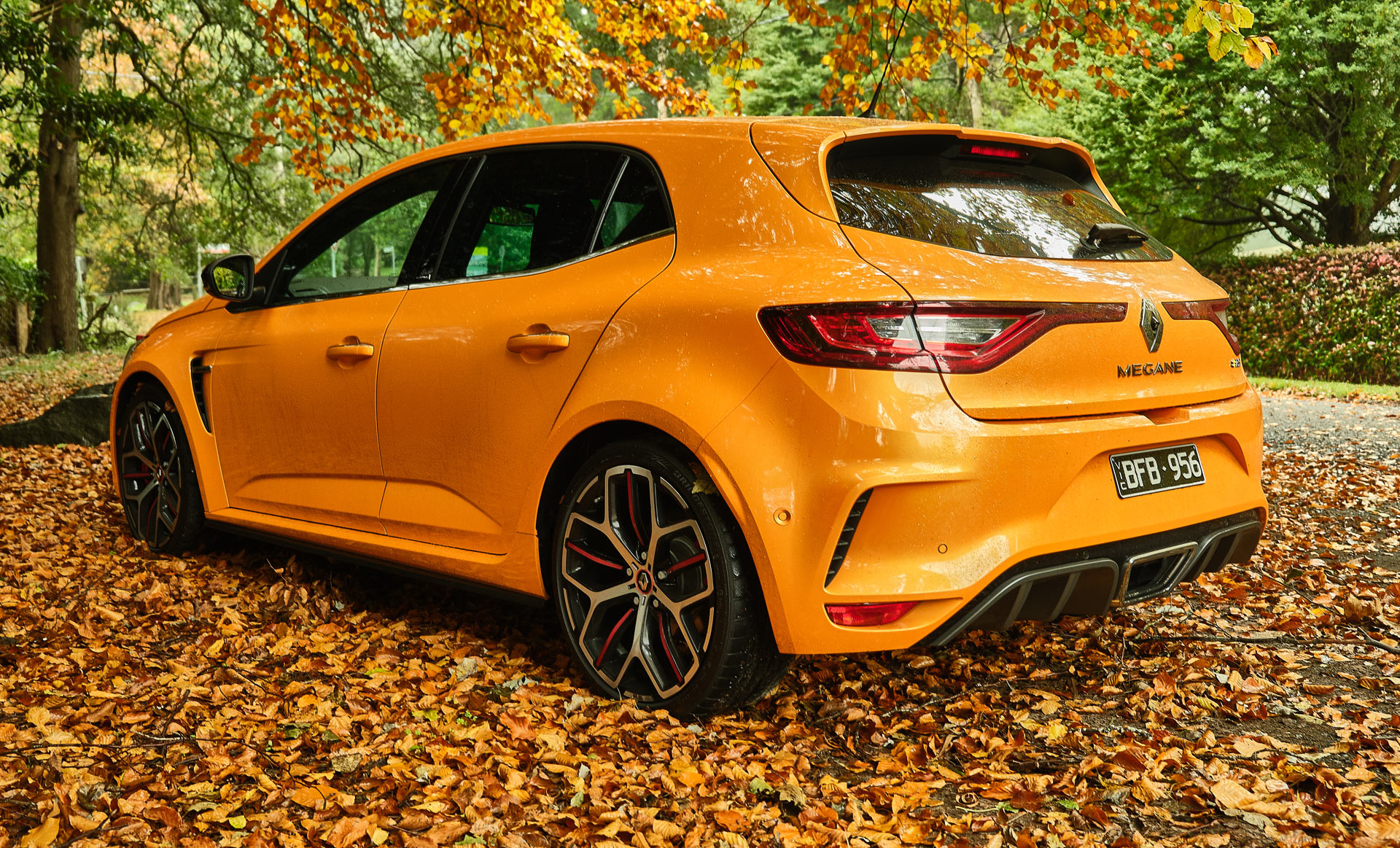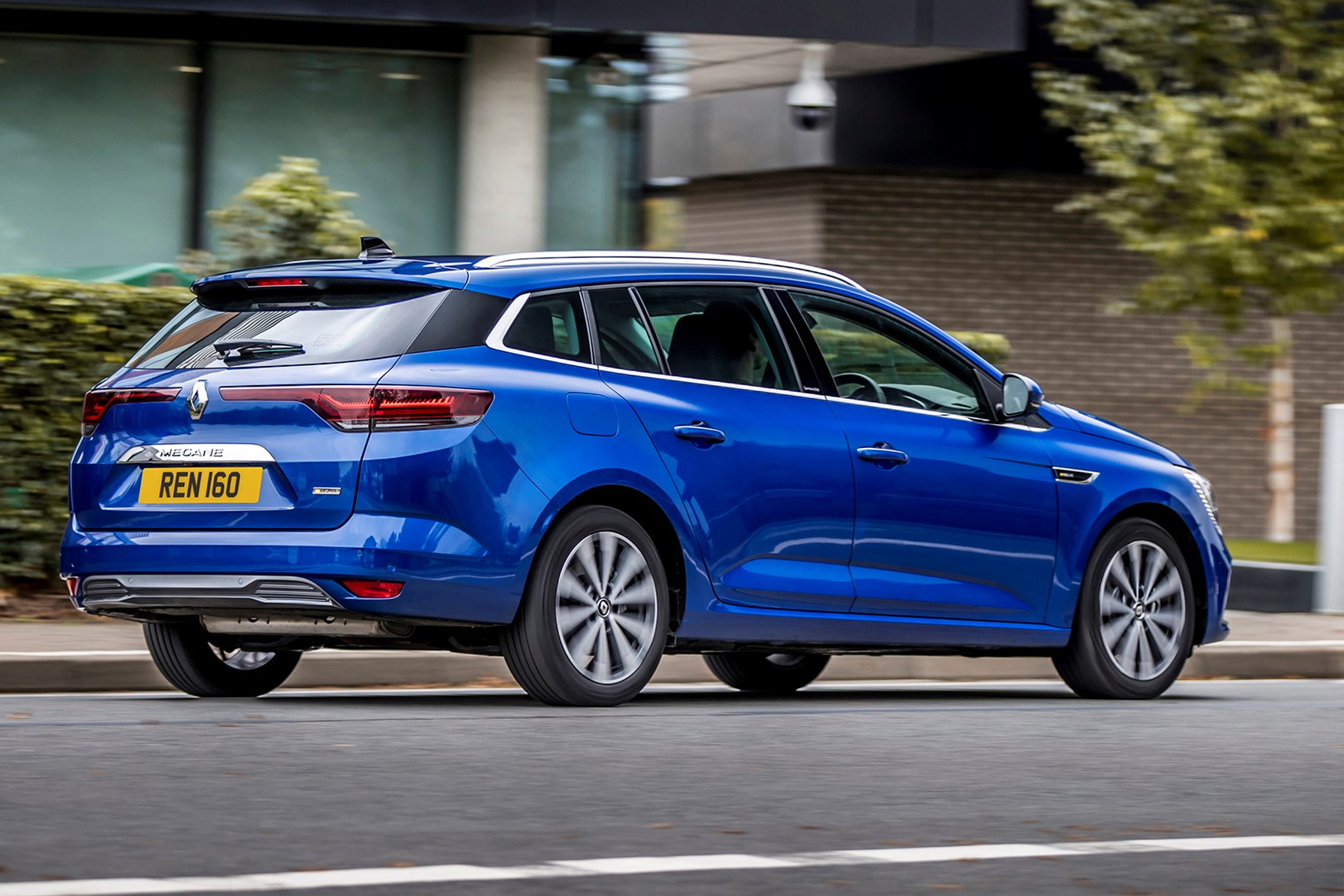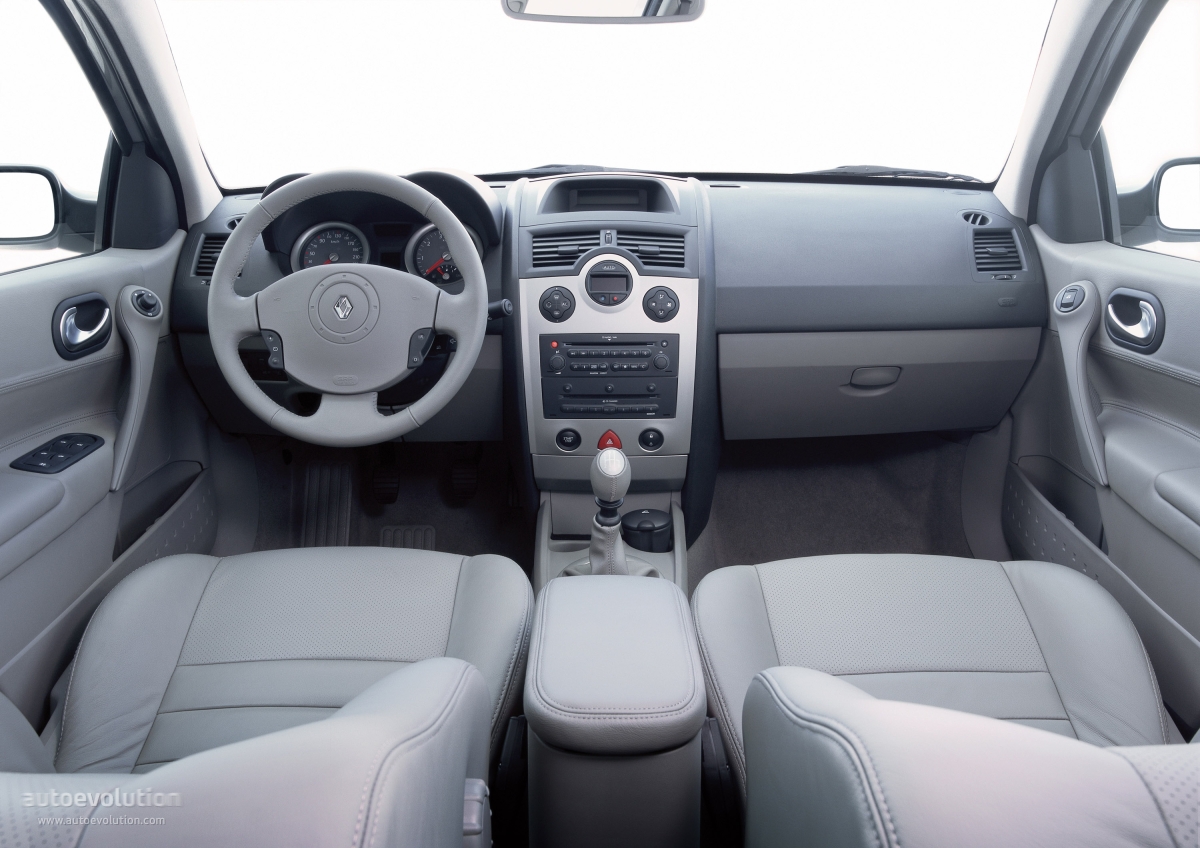

The Megane RS uses a 1.8-litre turbocharged 4-cylinder engine that generates its 276bhp at 6,000rpm. It's very expensive, but few hot hatches that can deliver the same depth of performance and feedback. Optional carbon fibre wheels save four kilogrammes per corner but are an eye-watering £12,000 option.Īll of the Trophy-R's upgrades combine to make it the best option for die-hard hot-hatch enthusiasts. The rear seats are ditched completely in Renault Sport's quest for performance. The Trophy-R weighs 130kg less than the Trophy on which it's based, thanks in part to a carbon fibre bonnet and diffuser, Akrapovic titanium exhaust and Sabelt bucket seats. The car smashed a number of front-wheel drive production car track records and it's easy to see why – grip is immense, the reworked (and adjustable) suspension is impressive and lack of rear-wheel steering all help make it a remarkable car to drive quickly. The limited-run Trophy-R is the best of the bunch. That's because the standard car's set-up is already pretty sharp, and this Trophy model doesn't feel as hardcore as previous Trophy models. Go for the Renaultsport Megane 300 Trophy, and the differences in performance between it and the standard Cup model are hard to pinpoint – you really need to drive them back-to-back to feel the differences. Opt for the Cup chassis, which will set you back around £1,400, and Renault throws in a mechanical limited-slip differential and 10 per cent stiffer dampers.

The Sport chassis is the standard setup and kits the RS out with redesigned hydraulic compression stop shock absorbers and torque vectoring on the front axle to tame understeer.
#Renault megane sport manual#
You can spec either with a manual or automatic gearbox.

Like before there are two chassis setups available on the Renault Megane RS - Sport and Cup. The superb body control gives you huge confidence to hustle the car over poor roads at higher speeds. The hydraulic compression stops fitted to all shock absorbers are the kind you’ll find on rally cars it means the RS is able to absorb big compressions and road undulations without any fuss.

Where the hot Megane really excels is its ability to cover bumpy and rutted ground at speed with real composure. To do this, Renault has swapped to a smaller yet more powerful 276bhp 1.8-litre turbocharged engine (which is shared with the Alpine A110) and there's the option of a six-speed manual or six-speed twin-clutch auto to put power to the front wheels. vs Honda Civic Type R vs Hyundai i30 Nīut what's probably more important is that the Renaultsport Megane needs to be better than the car it replaces, as past Renaultsport models have gained a cult following for their track-focused handling. But there are also leftfield choices, such as the Hyundai i30 N, Skoda Octavia vRS, SEAT Leon Cupra and Peugeot 308 GTi – all cars with their own particular strengths. The new Megane RS 280 joins the hot hatch establishment which includes the VW Golf GTI and Honda Civic Type R, both of which are strong rivals for the Renault. That's good, because it needed to be at the top of its game to take on a slew of rivals that deliver driving thrills. While the three-door coupe body has been replaced by a five-door hatchback, the Megane RS has the same mix of ingredients to make it a hot hatch front-runner. However, when it finally arrived in 2018, it turned out to be well worth the wait. The standard Renault Megane has been for sale since 2015, but we had to wait a little longer for the Renaultsport (RS) model.


 0 kommentar(er)
0 kommentar(er)
